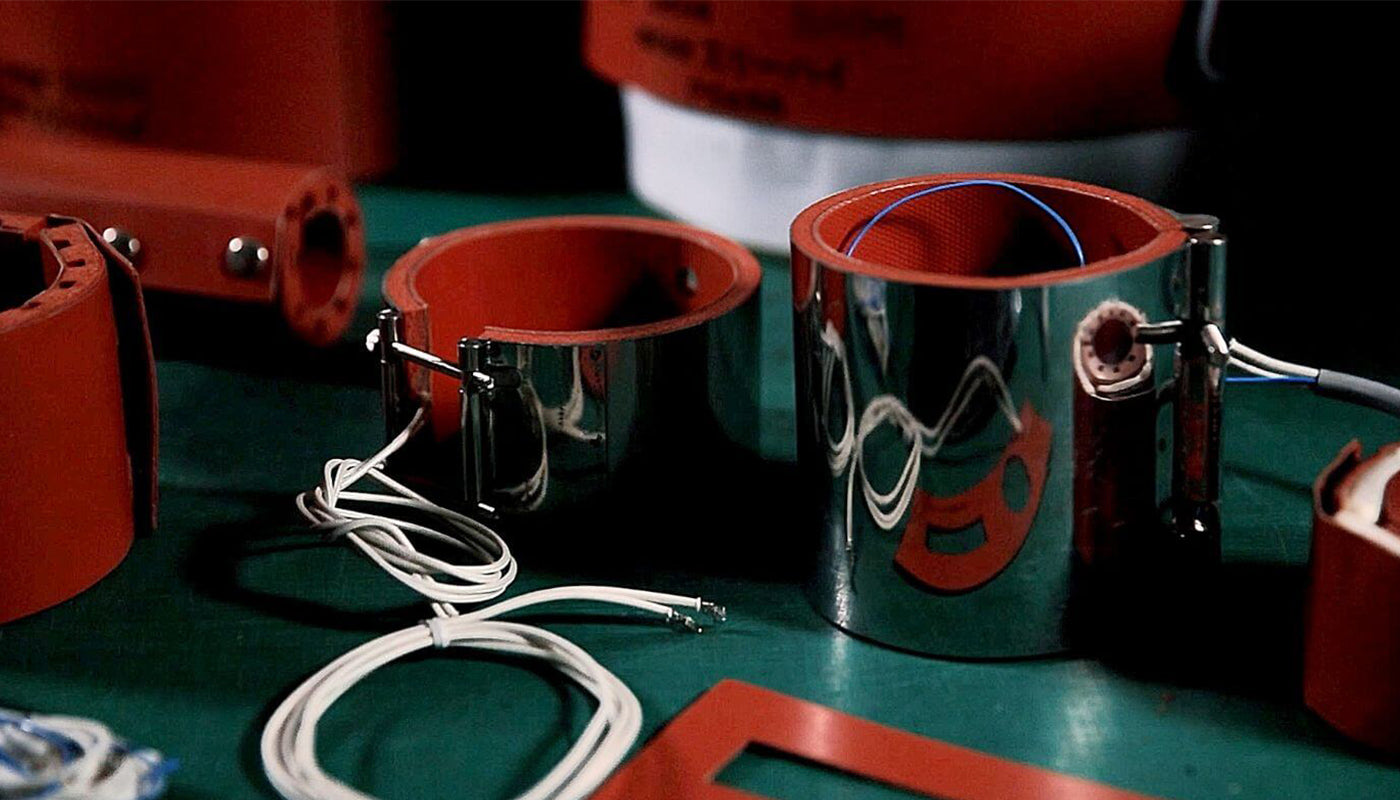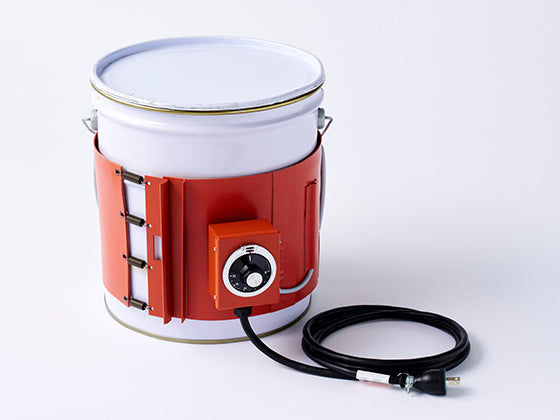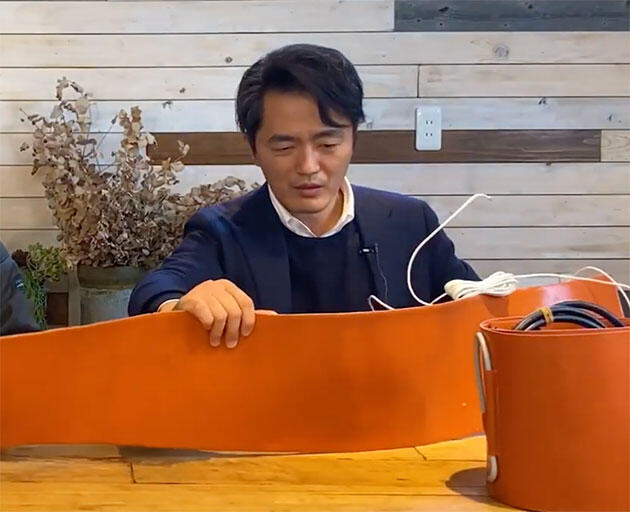After the transition to the fifth level of the COVID-19 pandemic, the number of people enjoying mountain climbing has increased. In response to the popularity of mountain climbing, toilets have been installed at the summits of popular mountains for climbers. Recently, these summit toilets are also well-maintained and some of them even come equipped with heaters in the bowls. The heaters on these summit toilets serve a different purpose compared to those in household toilets. What exactly sets them apart?
The purpose of heaters in household toilets is to warm the toilet seat.
In office and household toilets, there are models with heaters integrated into the toilet seat. Their role becomes evident as soon as you sit down. They warm the seat, making the experience of using the toilet more comfortable. When you lower yourself onto the seat, you feel a gentle warmth, which can be quite comforting and soothing. This feeling is especially significant during the winter months, wouldn't you agree?

The heater that warms the toilet seat is called a toilet seat heater.The heater warms the toilet seat based on the set temperature. The toilet seat heaters come in two types: integrated with the toilet bowl as a single unit and standalone products that can be used as replacements for existing seats.
The heaters in toilets at mountain summits are to prevent freezing.
On the other hand, the heaters installed in mountain summit toilets are not used to warm the toilet seat but serve a different purpose – preventing freezing during winter.
At mountain summits equipped with water and electricity, there are water-flush toilets installed for the convenience of climbers. The summit, being at a higher elevation, tends to have lower temperatures, especially during winter when it can drop below freezing. In such conditions, there is a risk of freezing in the toilet's freshwater and distribution pipes, which can result in the inability to flush waste from the toilet bowl or even lead to pipe damage.

To prevent such issues caused by freezing, mountain summit toilets are equipped with heated toilets that are commonly used in cold climates. Unlike the aforementioned seat heaters, these heated toilets feature electrical heaters integrated into the ceramic interior of the toilet bowl, not the seat. When the heater is powered on to warm the entire toilet bowl, the generated heat is transferred to the connected pipes, effectively preventing freezing.
The heaters in mountain summit toilets are designed not to change the temperature settings.
In recent years, there has been a resurgence in the popularity of mountain climbing, with more people enjoying this activity. However, alongside this trend, there have been concerns about the etiquette of climbers. One of the issues is the act of changing the heater temperature in summit toilets without permission. Perhaps, some individuals have treated the heaters in summit toilets similarly to the ones in their own household seats.
As previously explained, household toilet seat heaters are designed to provide a comfortable warmth when you sit on the seat. In contrast, the heaters in summit toilets are meant to prevent freezing. Adjusting the temperature of summit toilet heaters indiscriminately can lead to increased energy consumption, affecting the maintenance and management of the toilets. Furthermore, setting the temperature too low may result in the inability to prevent freezing or even cause heater malfunctions at low temperatures.










